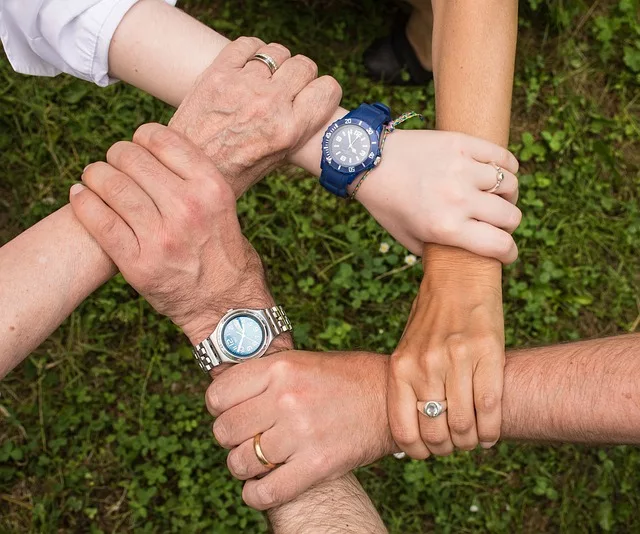The marketing of caffeinated beverages has come a long way since creating jingles like “the best part of wakin’ up is Folgers in your cup,” or “Maxwell House is good to the last drop.” Now there’s Red Bull, Rockstar, Monster Energy, and even 5 Hour Energy. These powerful sounding energy drinks are all designed to deliver the maximum…well, caffeine. As a consequence, they’re also turning a nation of young adults into caffeine addicts.

These highly caffeinated beverages might not be as safe as the manufacturers claim, especially when mixed with alcohol or other drugs. In fact, caffeine addiction can present some pretty serious side effects, like irregular heartbeat, muscle twitching and insomnia to name a few. Even more unpleasant is caffeine withdrawal, which can bring about symptoms like irritability, fatigue a depressed mood, and some awfully harsh headaches. Ironically, these are some of the same symptoms as alcohol withdrawal.
Here are 10 facts about Energy Drinks:
1. According to the Substance Abuse and Mental Health Services Administration (SAMHSA), there were 20,783 emergency room visits in which an energy drink contributed to a health issue. This number has more than doubled since 2007 when there were 10,068 such reports.
2. An alarming 42 percent of people treated in emergency room visits for issues arising from energy drinks had also mixed alcohol or other drugs, like Adderall or Ritalin with the beverage – an extremely dangerous cocktail of stimulants.
3. The Food and Drug Administration (FDA) confirmed last year that it received five reports of deaths where these caffeinated energy drinks were cited.
4. Young adults ranging from 18 to 25 years of age accounted for the highest demographic seeking medical help in emergency rooms as a result of energy drinks.
5. Mixing alcohol with caffeine can make users feel less intoxicated and impaired than they really are.
6. In 2013 the energy drink industry had estimated sales of more than $10 billion. These drinks are often sold in large cans and are colored to look like soft drinks that consumers can drink a lot of, increasing their appeal to minors.
7. Energy drink manufacturers market to young adults and teenagers using rock music, extreme sports and sexually charged images. Many of these consumers have no idea how much caffeine they’re actually taking in.
8. Though there is little scientific evidence yet, many energy drink companies claim their products improve mental and even physical performance.
9. One of the most powerful energy drinks on the market is VPX Redline Fat Burner. It has 350 milligrams of caffeine per 8 fluid ounces. In contrast, a 16 ounce cup of coffee averages about 170 milligrams of caffeine.
10. SAMHSA also reported a growing number of older people who have had health issues after consuming energy drinks. They conclude that this might be due to high levels of caffeine negatively interacting with other medications.
What are Recommended Daily Amounts of Caffeine?
Caffeine is a highly addictive drug that can have negative side effects if abused by itself, but combining caffeine with alcohol or other drugs further ups the ante. More than 500 to 600 milligrams of caffeine a day is considered unhealthy.
Experts at the Mayo Clinic suggest that for many adults a moderate amount of caffeine, about 200 to 300 milligrams of caffeine – two to four cups of coffee spread throughout the day probably isn’t harmful for most people. Drinking that much in one burst probably isn’t a good idea though, and that’s what often happens with some of the larger energy drinks.
If you’re feeling anxious, jittery or nervous on a day-to-day basis, it might be time to take a look at how many energy drinks you’re consuming in a day. Parents take note too. If you’re worried your kids are acting out of the ordinary, look for a pile of energy drink cans in the recycling bin. That might help explain things.
Related:
The Dangers of Binge Drinking and Drinking Games
Palcohol – 4 Reasons Powdered Alcohol Is A Bad Idea
A Crisis of Eating Disorders? 30 Million People Think So





